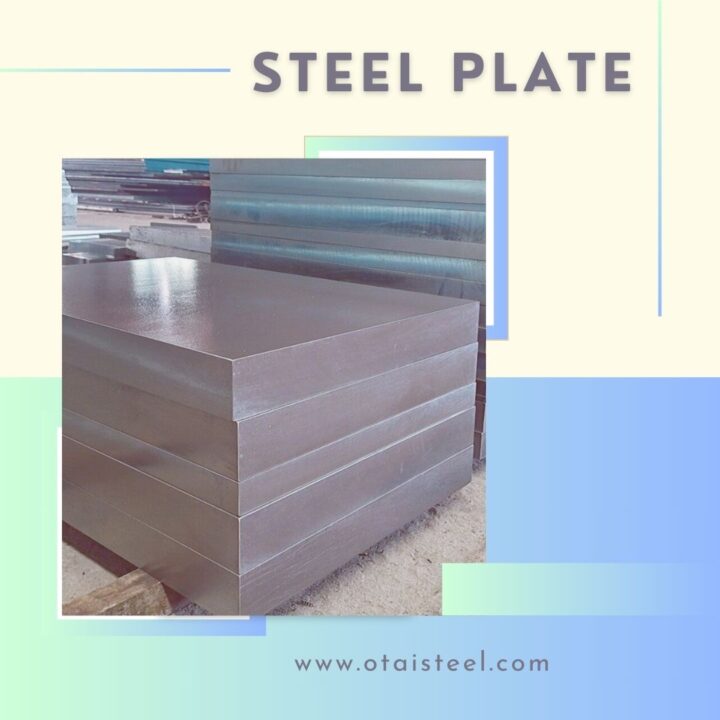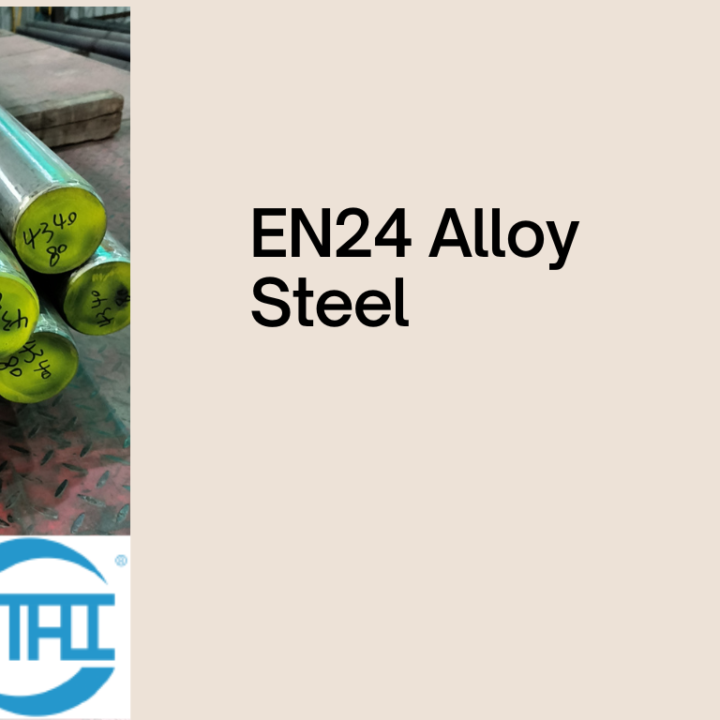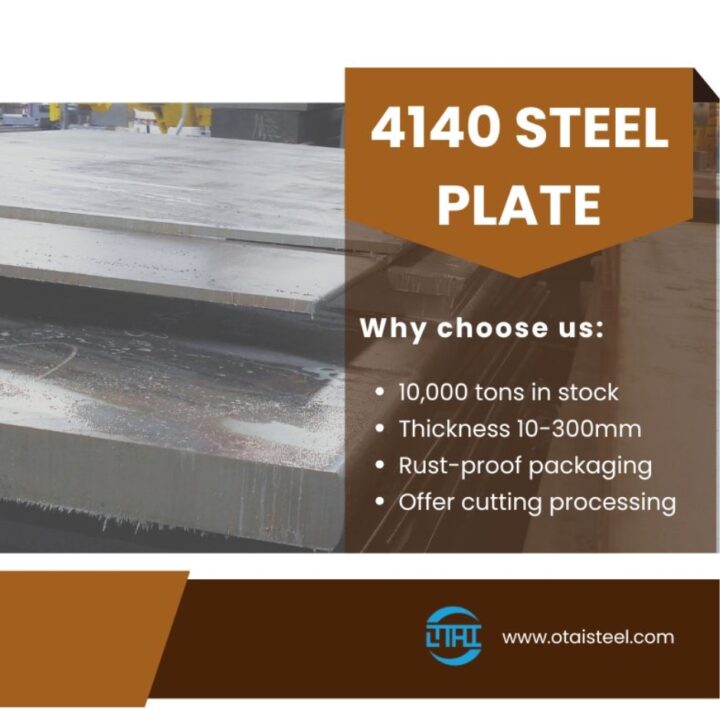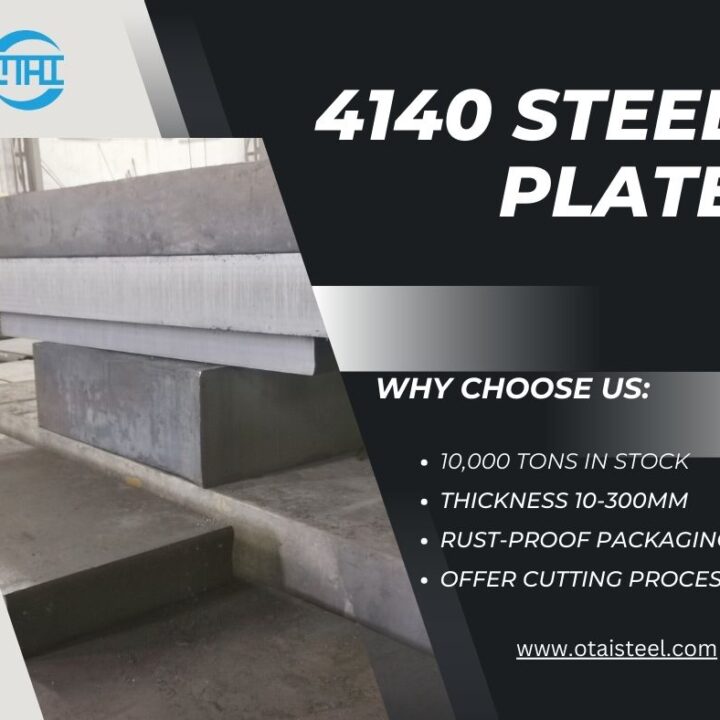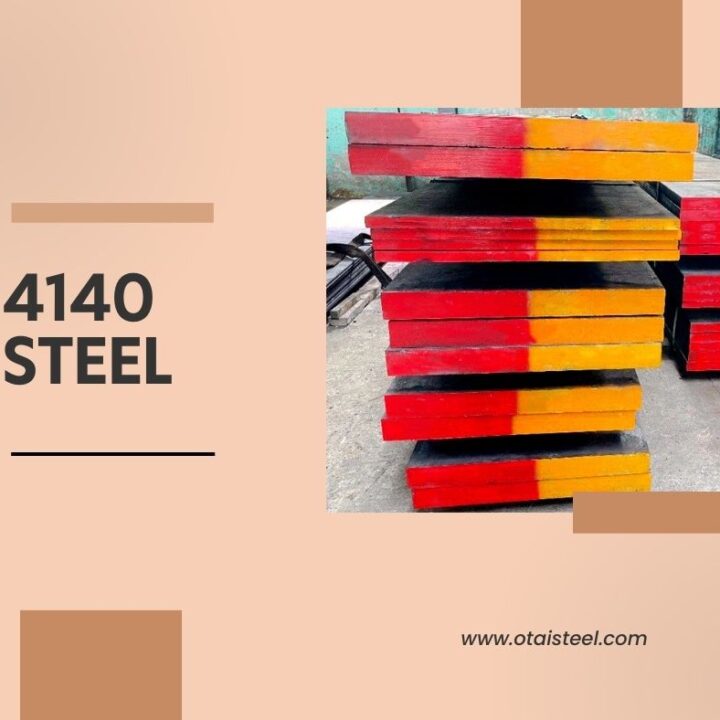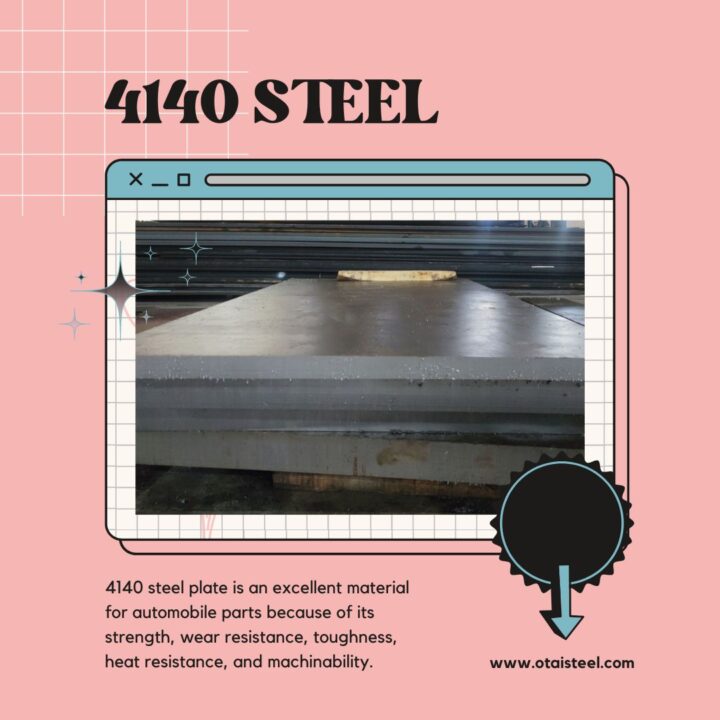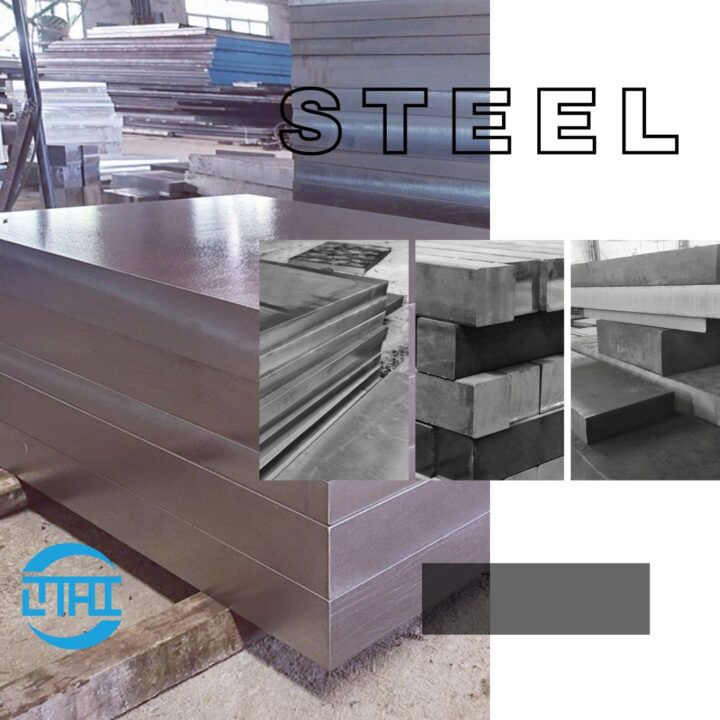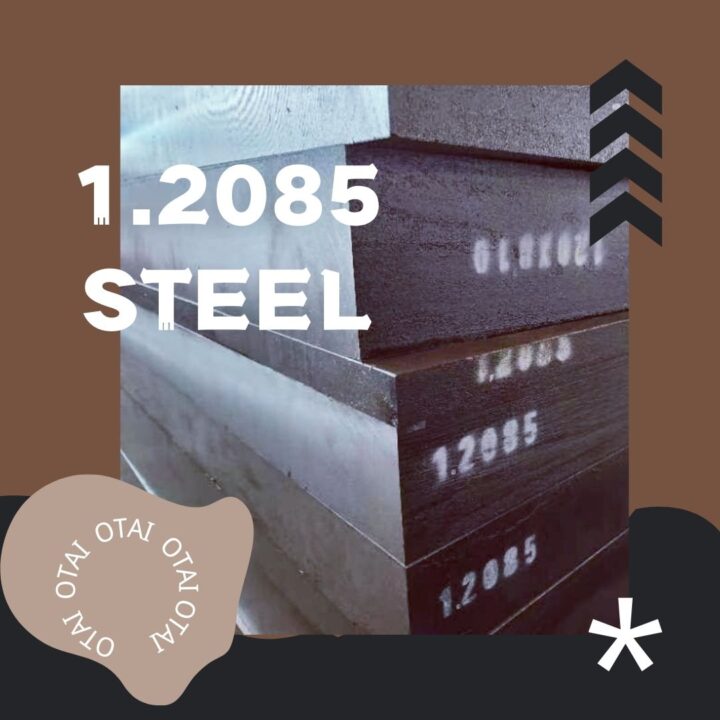Hardenability refers to a material’s ability to be hardened through heat treatment. For 4140 alloy steel, hardening not only increases its surface hardness but also imparts improved wear resistance, making it suitable for demanding applications. (Harden 4140 Alloy Steel)
The Process of Hardening 4140 Alloy Steel
Step 1: Preheating
Begin by preheating the steel to an appropriate temperature. Preheating ensures uniform heat distribution and prevents cracking during quenching.
Step 2: Austenitizing
Austenitizing involves heating the steel to a temperature where its microstructure transforms into austenite. This prepares the steel for quenching.
Step 3: Quenching
Rapidly cool the austenitized steel by immersing it in a quenching medium, such as oil or water. Quenching “freezes” the austenitic microstructure, increasing surface hardness.
Step 4: Tempering
While quenching increases hardness, it can also make the steel brittle. Tempering involves reheating the quenched steel to a specific temperature and holding it for a designated time. This process reduces brittleness while maintaining desirable properties.
Achieving Optimal Hardness and Toughness
Striking the Right Balance
The key to successful hardening lies in achieving the right balance between hardness and toughness. Too much hardness can lead to brittleness, while excessive toughness may compromise wear resistance.
Practical Applications of Hardened 4140 Alloy Steel
Tool and Die Manufacturing
Hardened 4140 alloy steel is a staple in tool and die manufacturing. It’s used to create durable and wear-resistant tools, dies, and molds that maintain their performance under heavy use.
Machinery Components
In the machinery industry, components like gears, shafts, and bearings benefit from the enhanced properties of hardened 4140 alloy steel. Its increased hardness and wear resistance contribute to prolonged component life.
Advantages and Considerations
Advantages of Harden 4140 Alloy Steel
Hardened 4140 alloy steel offers improved wear resistance, increased surface hardness, and enhanced mechanical properties, making it a valuable material for various applications.
Considerations and Precautions
While hardening enhances properties, it’s essential to consider factors such as the specific hardening process, quenching medium, and tempering temperature to achieve desired results.
Mastering the process of hardening 4140 alloy steel requires a combination of knowledge, precision, and attention to detail. By following proper techniques and understanding the interplay of hardness and toughness, you can unlock the full potential of this remarkable alloy.
